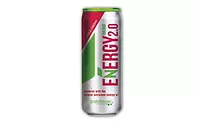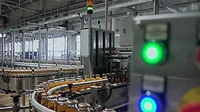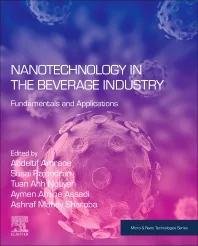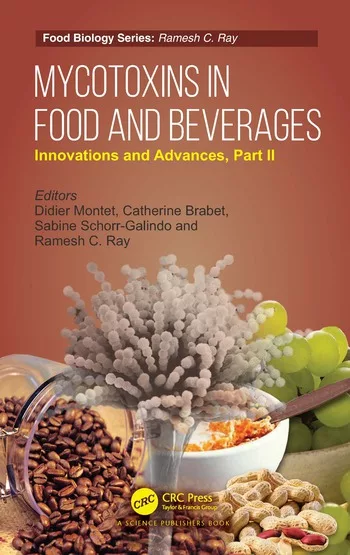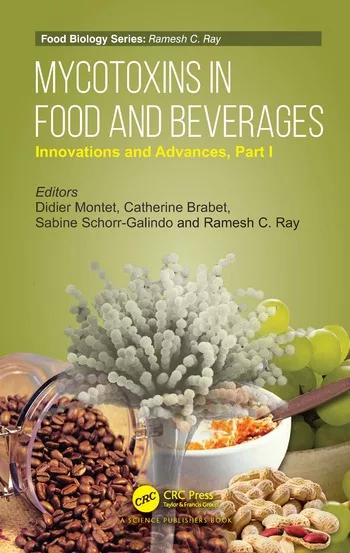Guayusa’s natural attributes drive usage in beverage formulations
Suppliers refine extract capabilities to support guayusa stability in beverages
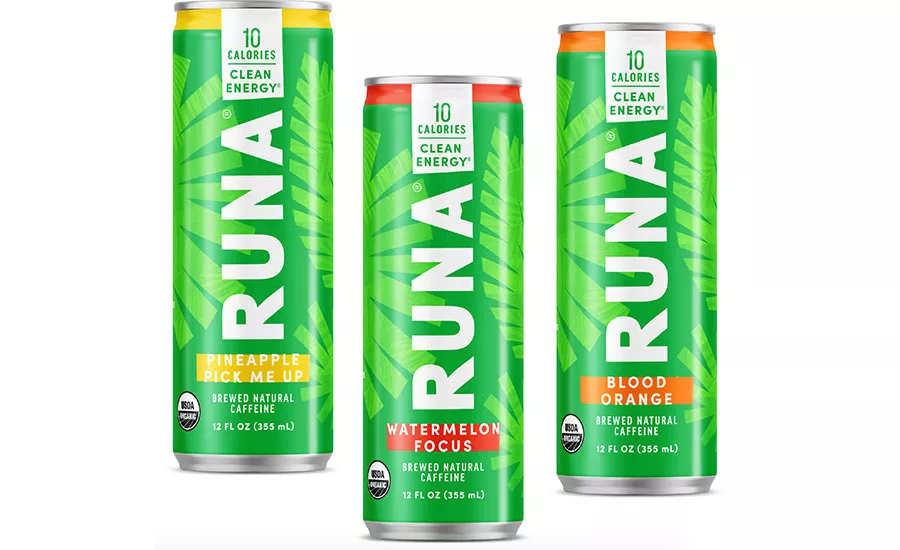
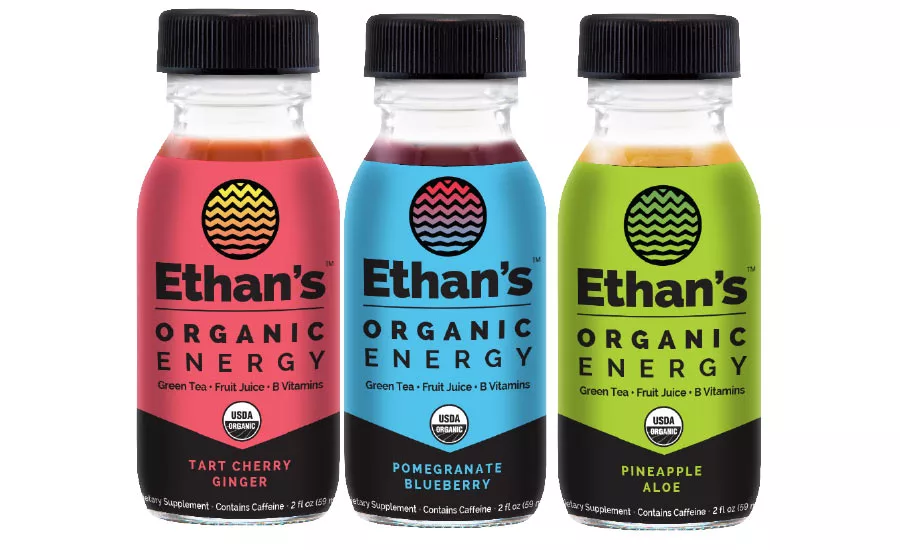
The song “Food into Energy” by StoryBots educates kids that “your tummy is like a gas tank that you fill up when you want to get going.” For some consumers, however, everyday food and drink might not be enough for that energetic jolt. To supplement this need state, natural solutions like guayusa are providing the sustained energy consumers desire with a healthy halo.
“Guayusa has a natural makeup that is pretty unique and very attractive for beverage formulas,” says Brian Zapp, creative director for Applied Food Sciences, Austin, Texas. “The active compounds that we target are naturally occurring caffeine and antioxidants in the form of chlorogenic acids. The most similar comparison for guayusa is its cousin-plant yerba maté. However, guayusa contains 20 percent more polyphenol antioxidants, double the caffeine, and 70 percent less bitter tannins than yerba maté, making it one of the most functional and flavor-friendly ingredients for beverage applications.”
Loick Fenaux, head of lifescience and nutrition for Döehler North America, Pine Brook, N.J., also highlights the benefits of guayusa compared with its other tea counterparts.
“Compared to other tea ingredients, guayusa has much higher levels of naturally occurring caffeine,” he says. “This allows a higher energizing effect without having to fortify with purified caffeine, which usually comes with a jittery effect. Caffeine is the main active linked to a stimulating effect but the guayusa also provides much higher levels of antioxidants than green tea or coffee beans.”
These product attributes have helped guayusa command a larger share in terms of new product development.
“We have seen a surge in demand for guayusa from many customers,” Fenaux says. “Not only from leading beverage brands, but even retailers have been developing guayusa-based drinks under their own brands. New product launches have seen over 50 percent growth rates in the last five years, and it seems like the market is planning to keep the same pace.”
Applied Food Sciences’ Zapp adds that although guayusa might be in its infancy in the United States and Europe, the ingredient supplier has seen upticks in demand for its guayusa branded extract AmaTea.
“While our branded AmaTea has only been on the market for four years, we have seen the demand for guayusa go up exponentially during that time,” he says. “With the results of our clinical research and the announcement of our gamer-Esports study, we have hundreds of open R&D projects using the ingredient.”
Historically significant
Although guayusa has become a vanguard ingredient in North America and Europe, its history shows a long-standing stature in the Amazon regions of Ecuador and Peru.
“Looking back in time, the Kitchwa people, native to Ecuador, have been using guayusa for millennia,” Zapp explains. “They connect guayusa to more cerebral offerings, like aiding our intuition and even supporting their elders to interpret dreams. Others have dubbed guayusa, ‘the night watchmen,’ because it is said to help their hunters go out at night and sit perfectly still while remaining laser-focused on their objective.”
This historical background, coupled with the scientific knowledge of guayusa, has significantly lowered the release of epinephrine compared with other caffeine sources, thus solidifying the tea ingredient’s position going forward, he adds.
“[W]e have been calling guayusa ‘The Next Generation of Caffeine’ to fit the needs of our modern workforce that focus at their desk or other work environments,” he says. “Those that need more cognitive performance and alertness out of their energy product while sitting or standing in place. Guayusa is a clean label, all-in-one solution to the premium energy market.”
As an all-in-one solution, guayusa’s applications in beverage categories can span various need states.
“Guayusa can be drank as a simple loose-leaf tea or as [ready-to-drink] (RTD), but it can also be part of a next generation energy drink formula,” Döehler’s Fenaux says. “It’s level of caffeine is high enough to provide a 100 percent natural beverage the needed ‘kick’ and the consumer perception for its naturalness and sustainability helps elevate the brand equity.”
However, traditional brewing methods for guayusa do not align well with RTD formats because of sediment and inconsistent values of actives, Applied Food Science’s Zapp says. As such, he recommends utilizing extracts when developing RTD products.
“[A]FS has patented an extraction process that presents a much cleaner ingredient while still delivering the desired active compounds,” he says. “Our innovation lab has researched guayusa to understand better its actives and how they relate to the body. We developed a fully water-soluble ingredient with a more neutral taste profile for even simpler formulation in beverage applications throughout this process.”
Döehler’s Fenaux adds that guayusa can present bitterness, which can be mitigated through extract solutions. “Like any other botanical that is high in polyphenols, guayusa has a slightly more bitter taste,” he says. “At Döehler, we’ve been able to mitigate this through adapting our extraction technology or in some cases by using our powerful bitterness masker.”
With extract solutions coupled with a demand for natural energy, guayusa looks to be on a sustainable path.
“With the natural industry not showing any signs of slowing down, healthy ways of supporting the daily consumer’s needs are in dire demand,” Fenaux concludes. “Guayusa is by far the leading botanical source for naturally occurring energy. All while remaining a sustainable and affordable raw material.”
Looking for a reprint of this article?
From high-res PDFs to custom plaques, order your copy today!





